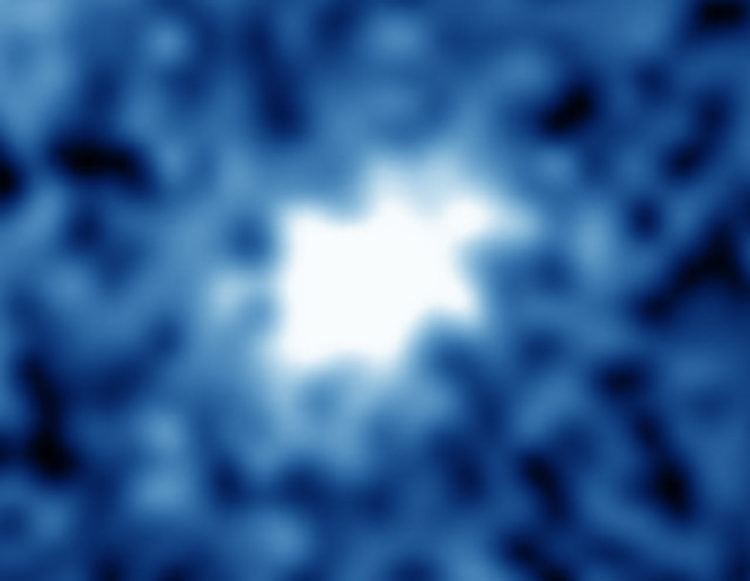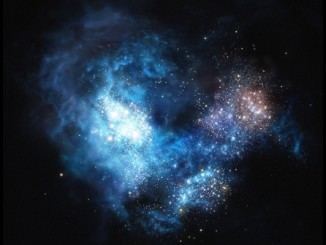Right ascension 10 00 58.005 Redshift 6.604 | Declination +01° 48′ 15.251″ | |
 | ||
Notable features Galaxy Cosmos Redshift 7 is reported to be three times brighter than the brightest distant galaxy known up to the time of its discovery and to contain some of the earliest first stars that produced the chemical elements needed for the later formation of planets and life as it is known. Similar Virgo Stellar Stream, Baby Boom Galaxy, Comet Galaxy, A1689‑zD1, LHS 292 | ||
Cosmos redshift 7 cr7 the brightest galaxy in the early universe
Cosmos Redshift 7 (also known as COSMOS Redshift 7, Galaxy Cosmos Redshift 7, Galaxy CR7 or CR7) is a high-redshift Lyman-alpha emitter galaxy (meaning CR7 is one of the oldest, most distant galaxies), in the constellation Sextans, about 12.9 billion light travel distance years from Earth, reported to contain the first stars (first generation; Population III)—formed soon after the Big Bang during the reionisation epoch (redshift, z ∼ 6−7), when the Universe was about 800 million years old—to have provided the chemical elements (like oxygen, nitrogen, carbon, calcium and iron) needed for the later formation of planets and life as it is known.
Contents

Description

Galaxy Cosmos Redshift 7 contains old Population II (metal-poor) and Population III (extremely metal-poor) stars, according to astronomers, and is three times brighter than the brightest distant galaxies (redshift, z > 6) detected up to the time of its discovery.
Discovery

Astronomers led by David Sobral from Lisbon and Leiden used the Very Large Telescope (VLT) at the European Southern Observatory—with help from the W. M. Keck Observatory, Subaru Telescope and the NASA/ESA Hubble Space Telescope—made the discovery. The research team included members of the University of California, Riverside, University of Geneva, University of Leiden and University of Lisbon. The name of the galaxy (Cosmos Redshift 7 Galaxy) was inspired by Portuguese and Real Madrid footballer Cristiano Ronaldo, who is also popularly known as CR7.
